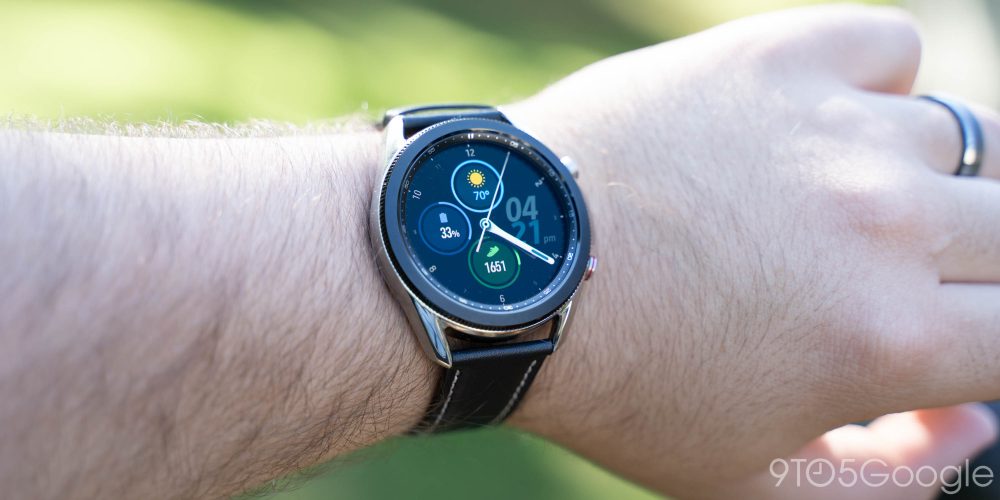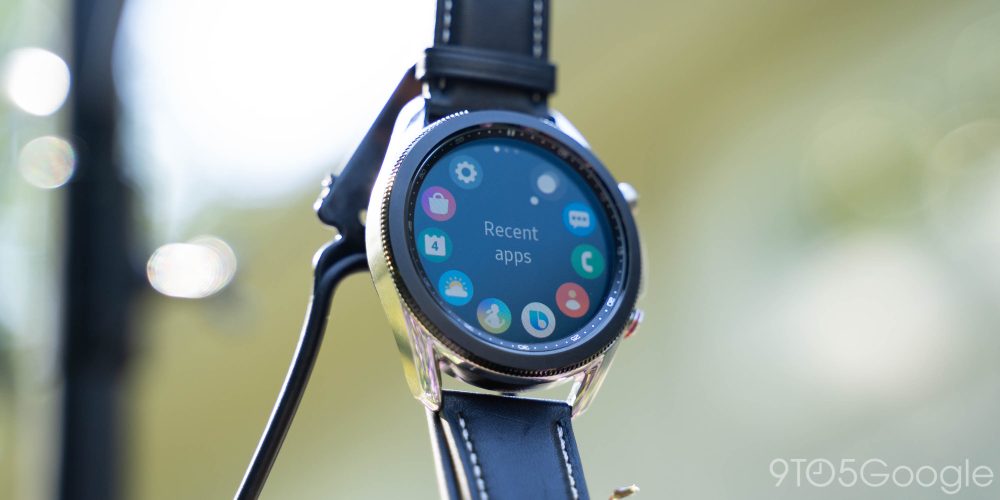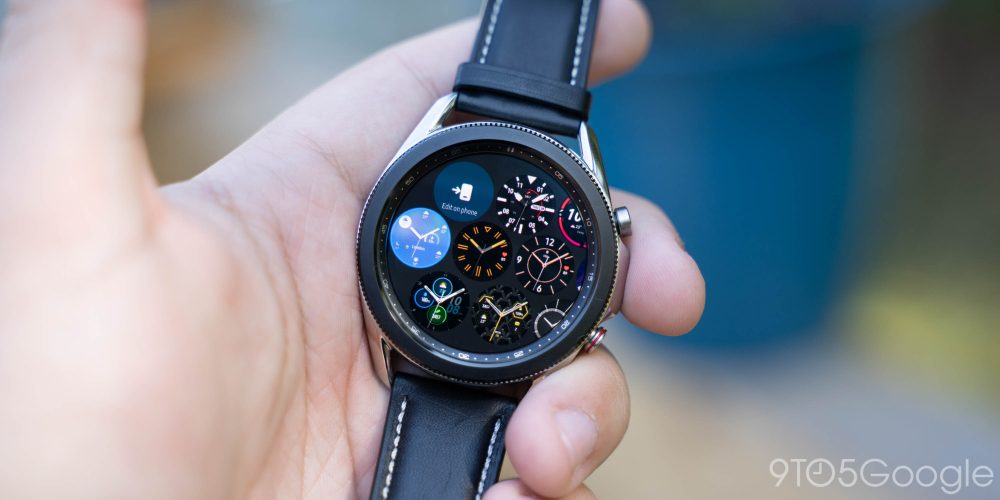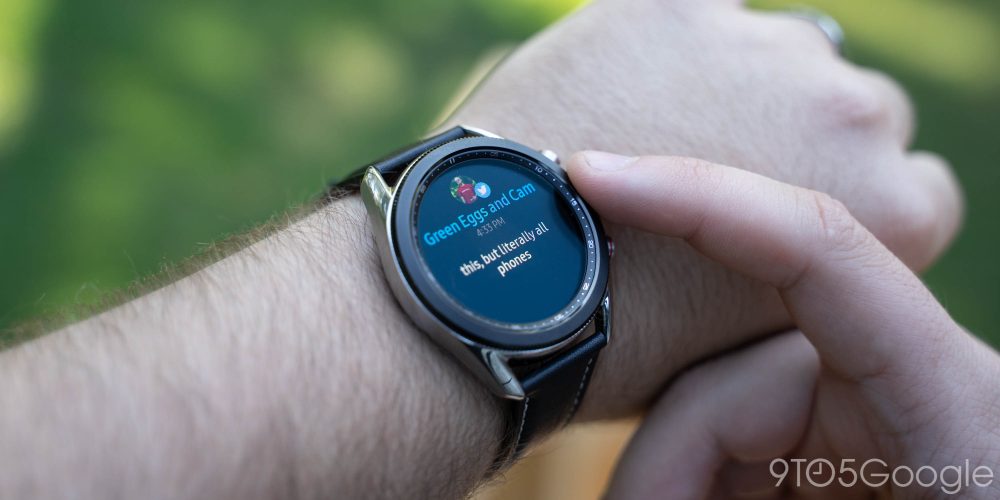
In the Android world, it’s hard to find a smartwatch as compelling as what Apple offers to its iPhone users. Samsung has tried to fill that void with its Galaxy Watch lineup, and for 2020, the Galaxy Watch 3 is the name of the game. For Android users, this is pretty much the complete package when it comes to a smartwatch, but is it worth the $399 starting price? Let’s talk.
HARDWARE |
The design of Samsung’s smartwatches didn’t evolve much up until a 2019 when the Galaxy Watch Active hit the scene. That smartwatch ditched most of the design ideas of the Gear S series and the original Galaxy Watch, including the signature rotating bezel. Samsung brought that idea back a year later with a touch-sensitive ring on the Galaxy Watch Active 2, but with the Galaxy Watch 3, Samsung is bringing back the rotating bezel in its proper form. It makes flying through menus completely effortless and intuitive, and Samsung’s Tizen software is built around that interaction.
Of course, that feature feels as good as ever despite being thinner than it has in the past. It still makes a satisfying click as it spins around the display and doesn’t wiggle when pressed either. The build quality on this watch is simply top-notch, from the rotating bezel to the buttons along the side. The stainless steel chassis, too, feels and looks the part of a premium watch.

Everything you’d expect is here, too. The Galaxy Watch 3 is rated for 5ATM water resistance, offers a traditional heart rate sensor, and there’s even optional LTE. Samsung also built in the needed sensors and software for tracking blood oxygen levels, stress, and even taking an ECG. Unfortunately, though, ECG isn’t enabled yet, meaning one of Watch 3’s most impressive features just doesn’t function.
It also uses an OLED display that offers vivid colors and a bright enough panel for outdoor visibility. Honestly, you’d have a tough time finding another display that would suit this smartwatch better.
In terms of bulk, Samsung did a good job of making Galaxy Watch 3 a smaller device. The 45mm version I tested feels noticeably smaller and thinner than the previous generation. The original was 13mm, but the Watch 3’s 45mm variant is just 11.1mm thick. That’s also thinner than most Wear OS watches, which is a definite advantage for Samsung here. Plus, that’s all while Samsung included a larger overall display.
The hardware on Galaxy Watch is impressive, but there are a few key issues that relate to the software.
SOFTWARE |
Let’s start with the good. Tizen, while insecure and lacking handy Google services, understands how the rest of the smartwatch experience should work. It has a clean UI that puts a customizable watchface at the center, notifications off to the left, and widgets from apps on the right. It’s a tried and true UI that gets the job done. As mentioned, too, it’s just so well optimized for the rotating bezel design of this smartwatch.

The app situation on Tizen isn’t ideal. It has some big names like Spotify, but it’s sorely lacking compared to the Apple Watch and even Google’s Wear OS. That’s something I feel like I just keep saying about Samsung’s wearables. One app many people will find useful is Samsung Pay for mobile payments, which is really good. Unfortunately, this smartwatch lacks MST, the hardware needed to use Samsung Pay with any card reader. Shame, but at least NFC is more and more widely available.
In the watchface department, I’ve always felt like Wear OS and its various partners such as Fossil have offered better designs compared to Samsung. Still, the Watch 3 does deliver a couple of neat tricks here. There’s a new watchface that shows live weather conditions with slick little animations and even an hourly forecast that takes the place of analog digits. It’s a cool idea, but I ended up using the “Analog dashboard” watchface for my review period. Beyond that, you’ll find a lot of Samsung’s normal faces, some with new coats of paint.

As with any smartwatch, Samsung offers a suite of health features on the Galaxy Watch 3. However, what you’ll find here is that Samsung has perhaps one of the best fitness offerings on the smartwatch market… at least outside of the Apple Watch and Fitbit Sense.
Samsung has built into the Galaxy Watch 3 the normal stuff — heart rate tracking, step counting, sleep/stress tracking, and more. The core, expected package is fully available on this hardware, and it even comes with some bonuses. Samsung Health comes pre-loaded and can track calories, water/caffeine intake, daily goals, and even menstruation.
There’s also automatic workout tracking which, personally, I found very hit or miss. On an admittedly short walk with my wife and dogs, it took a few minutes for the watch to realize I was on a walk even though we were moving pretty quickly. Also, I found that it constantly started false positives. For example, mowing the lawn with a push mower was recognized multiple times as “cycling.”

This is a neat feature to have, but it doesn’t work all that well. Speaking of, blood oxygen levels are another thing the Galaxy Watch 3 can track, but it does so pretty poorly. At least, that’s based on other reports of the functionality. For whatever reason, my unit wouldn’t show the feature despite being fully up to date.
Finally, there’s ECG support. The ability to take an electrocardiogram is something Apple first pushed on its smartwatch, and it’s still the only one in the US offering that option. Samsung finally got clearance by the FDA to use this feature in the US, but the company has yet to roll out the feature. For a $400 watch where ECG is one of the big reasons to buy, early buyers are being left with an annoying early adopter tax because of that feature not yet having launched.
Still, Samsung is showing that, while the execution still isn’t perfect, the company clearly wants to compete in this market. That’s something Google really isn’t doing with its own Wear OS.
BATTERY LIFE |
The original Samsung Galaxy Watch released in 2018 was a big win in my book for one reason above all else — battery life. That smartwatch could easily last four to six days on a single charge depending on your usage, and that was ridiculously impressive.
That’s why it’s such a shame that the Galaxy Watch 3 falls on its face in this department. On average, I’m getting about two days out of a charge on the Galaxy Watch 3, but sometimes running a bit short when the end of that second day approaches. That’s admittedly not completely awful, but it’s a far cry from that 2018 release. Are the thinner body and bigger screen worth that trade? Honestly, that’s a tough call. The Galaxy Watch 3 still isn’t particularly small, so if you ask me, Samsung should have just embraced that and kept going for the battery crown.

At this point, battery life feels like the biggest misstep Samsung made on this watch. Really, if you don’t care about the fitness features, I see no reason to buy this watch over a Wear OS watch that will cost you much less than $400. The Moto 360 I reviewed earlier this year is down to just now. The Skagen Falster 3 and Fossil Gen 5 are also both just $295. Sure, they might fall to just a day of battery, but you’ll probably be charging the Watch 3 every night anyway given the second day is often cut short.
Also, I’ve got to take a second to mourn the charger. With Galaxy Watch 3, Samsung is switching over the to puck-style charger used on the Active series. It’s awful, the magnetic connection is weak, and I’ll take the cradle from previous Samsung watches — which doesn’t properly work here! — any day.
FINAL THOUGHTS |
So, at the end of the day, where does the Galaxy Watch 3 stand? Like its predecessors, Samsung has created what is probably the best overall package for most Android users, especially those using a Samsung phone. It has a good design, great software, and useful fitness features. Battery life is down from previous generations, but it’s still pretty good.
The only thing it comes down to is pricing. Do you want to spend $399 on a smartwatch or $429 on a slightly bigger one? Personally, I wouldn’t. The Galaxy Watch Active 2 offers a nearly identical package for just $249. If you need better looks, too, I think Wear OS offers some genuinely good options. Heck, you could get a Watch Active 2 for the fitness features and a Moto 360 for the style and end up paying less than a Galaxy Watch 3 right now.
If the Galaxy Watch 3 does suit your budget and preferences, though, it’s available now from various retailers and the LTE model can be found at Verizon, T-Mobile, and .
- Amazon
- B&H Photo
Author: Ben Schoon
Source: 9TO5Google



